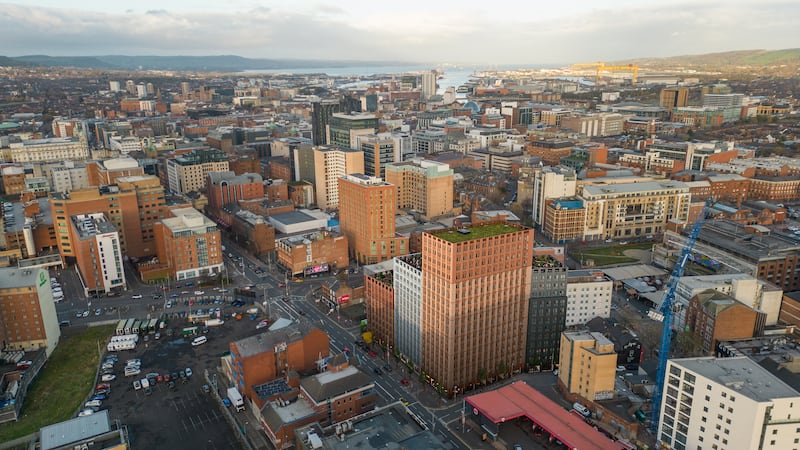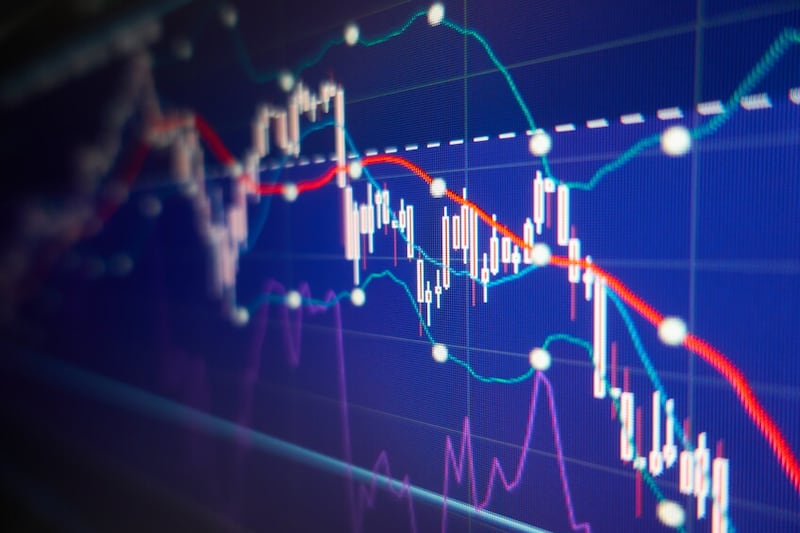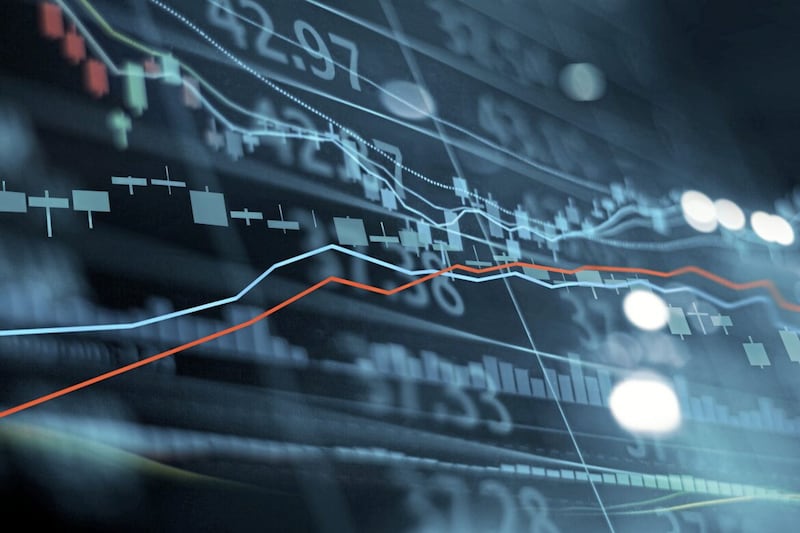ECONOMIC output in Northern Ireland has largely returned to pre-pandemic levels, but the latest government data release has flagged up the weak state of the economy before Covid-19 hit.
The Northern Ireland Composite Economic Index (NICEI) revealed a 3.1 per cent uplift in output between the first and second quarters (Q2) of 2021.
The index, which is the closest thing Northern Ireland has to measuring its GDP, said Q2 output in the economy was 22.2 per cent up on the same quarter last year.
The recent growth was largely driven by the north’s services sector, which bounced back by 2.8 percentage points as restrictions on hospitality and retail were eased in the second quarter.
The services sector was worth an estimated £22 billion to the Northern Ireland economy before the pandemic.
While output is virtually back to where it was at the end of 2019, the economy is still 4.9 per cent below the levels recorded in our last recession in 2007/08.
The latest quarterly growth also lags between the performance of the UK as a whole.
Ulster Bank’s chief economist, Richard Ramsey said while the overall economy is performing close to Q4 2019 output, the recovery within the private sector is not yet complete.
“Over 97 per cent of the fall in private sector output following Covid-19 has been recovered to date.
“But securing the last three per cent of the recovery in terms of lost pandemic output will be more difficult.”
Despite the launch of the £145m High Street Scheme this month, consumer spending is still expected to slip in the latter period of 2021, against the backdrop of the rising cost of living and the emerging energy crisis, while wider supply chain disruption is likely put the brakes on broader recovery.
“It is also important to remember that the Northern Ireland economy wasn’t experiencing strong growth in 2019,” said Mr Ramsey.
“Private sector output expanded by just 0.7 per cent year-on-year in 2019. That rate of growth is consistent with a recession.
“So returning to 2019 levels isn’t returning to a particularly great place.”
The economist said the latest official figures has flagged up another long-standing issue within Northern Ireland, the persistent underperformance in productivity and high value jobs.
“Northern Ireland is producing the same value of private sector output in Q2 2021 as it did almost 16 years ago.
“But almost 82,000 additional private sector employees have been added to produce that same value of output,” he said.
“Creating jobs hasn’t been a challenge for Northern Ireland. Creating high value jobs in sufficient quantity has.”








